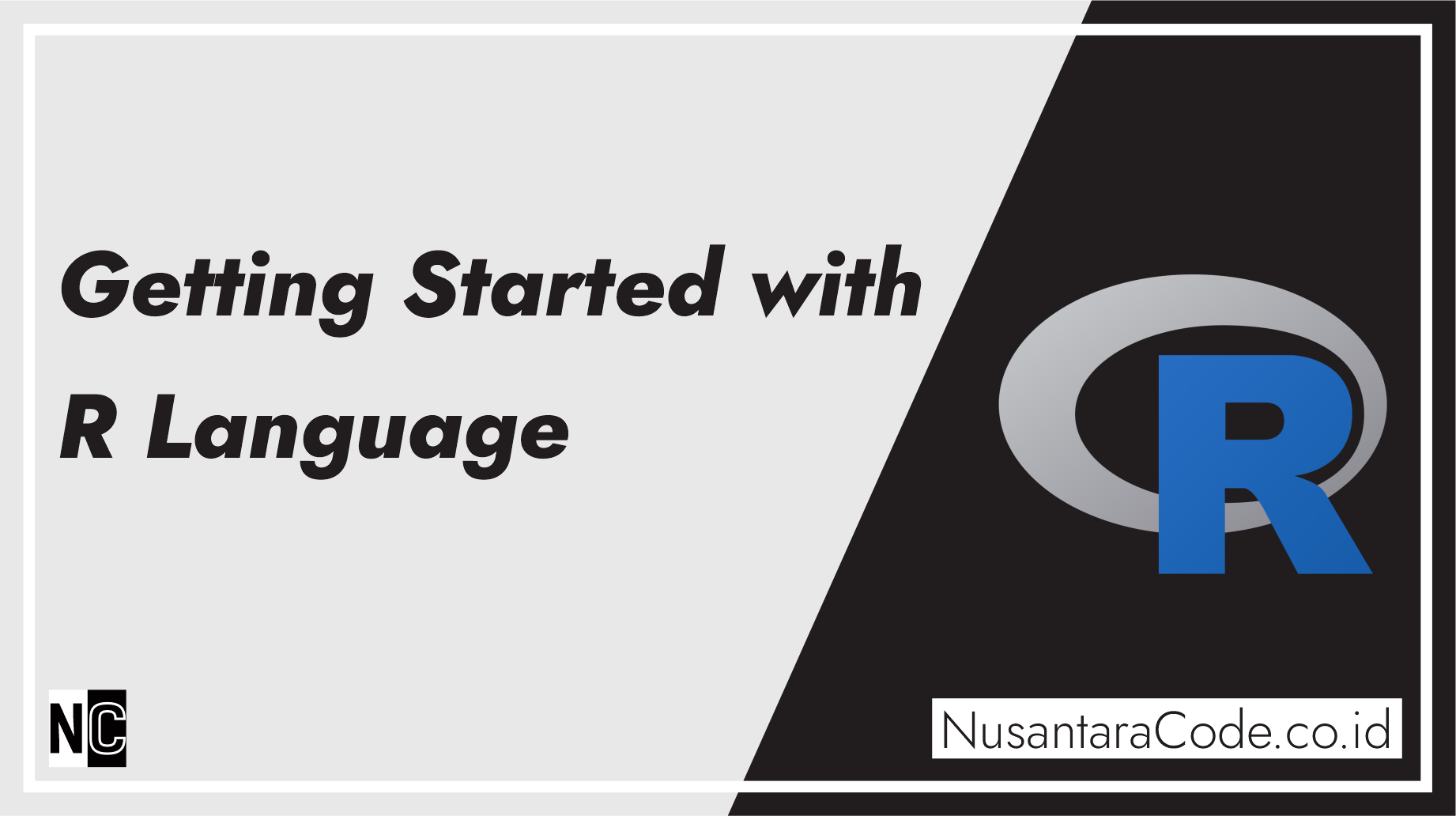R is a powerful programming language and environment for statistical computing and graphics. It is widely used for data analysis, statistical modeling, and visualization. If you are new to R, this guide will help you get started on your journey with this versatile language.
Installing R
Before you start coding in R, you need to install it on your machine. Follow these steps:
- Download R: Go to the Comprehensive R Archive Network (CRAN) and choose the appropriate version for your operating system (Windows, macOS, or Linux).
- Install R: Follow the installation instructions provided on the CRAN website for your specific operating system.
- Install RStudio (Optional): While R can be used from the command line, using RStudio provides a more user-friendly interface. RStudio is an integrated development environment (IDE) for R that makes coding, debugging, and visualizing data easier.
Your First R Script
Now that you have R installed, let’s write a simple script. Open R or RStudio and follow along:
Hello, World! in R:
Open the R console or the script editor in RStudio and type the following:
print("Hello, World!")Run the script, and you should see “Hello, World!” printed in the console.
Variables and Data Types:
R supports various data types like numeric, character, logical, and more. Declare variables and perform simple operations:
# Declare variables
x <- 5
y <- 3.14
name <- "John"
is_student <- TRUE
# Perform operations
sum_xy <- x + yData Structures:
R has powerful data structures like vectors, matrices, data frames, and lists. Explore them:
# Create a vector
my_vector <- c(1, 2, 3, 4, 5)
# Create a matrix
my_matrix <- matrix(1:9, nrow = 3, ncol = 3)
# Create a data frame
my_data_frame <- data.frame(Name = c("Alice", "Bob", "Charlie"),
Age = c(25, 30, 22))Statistical Operations:
R is known for its statistical capabilities. Perform basic statistical operations:
# Generate a sequence of numbers
numbers <- seq(1, 10)
# Calculate mean and standard deviation
mean_value <- mean(numbers)
sd_value <- sd(numbers)Resources for Learning R
- Official Documentation: Explore the official R documentation to understand the language’s intricacies and features.
- RStudio Cheatsheets: Refer to RStudio Cheatsheets for quick references on various R topics.
- Online Courses: Platforms like Coursera, edX, and DataCamp offer comprehensive R courses for beginners and advanced users.
- Books: Consider books like “R for Data Science” by Hadley Wickham and Garrett Grolemund or “The Art of R Programming” by Norman Matloff.
This guide provides a glimpse into the world of R programming. As you continue your journey, explore advanced topics such as data visualization, statistical modeling, and machine learning with R. The R community is vibrant, and numerous resources are available to support your learning. Happy coding!
